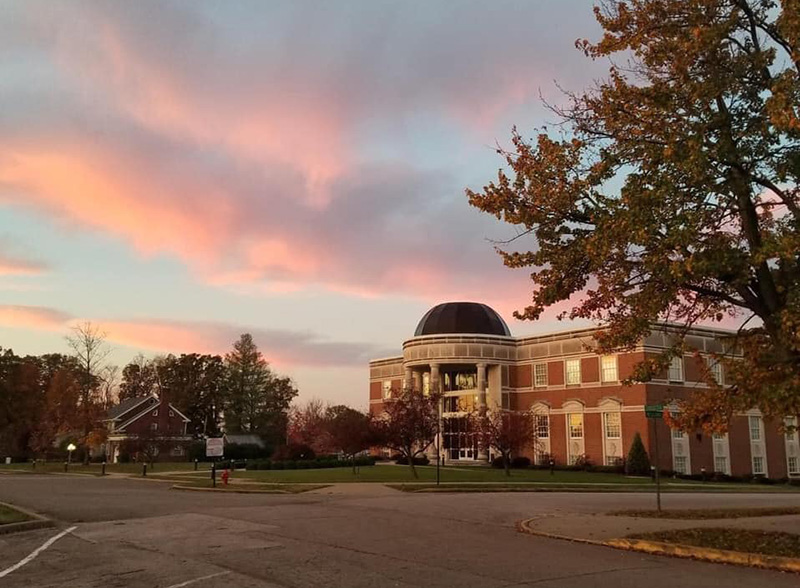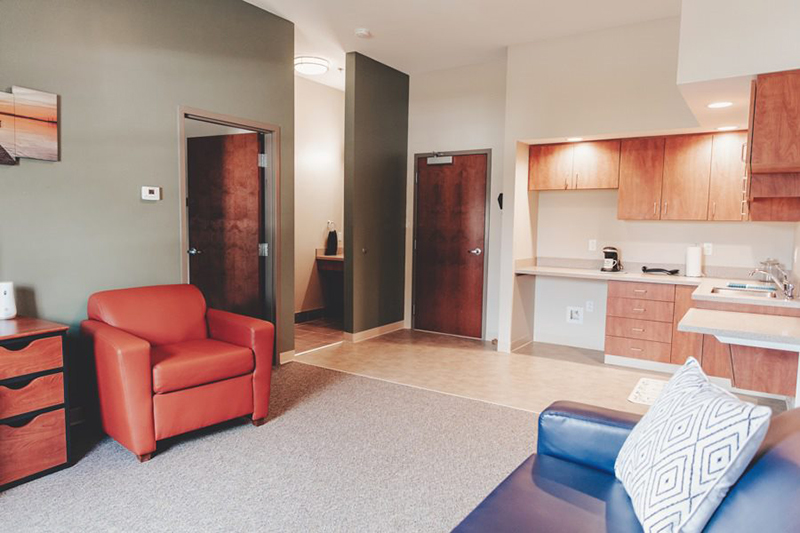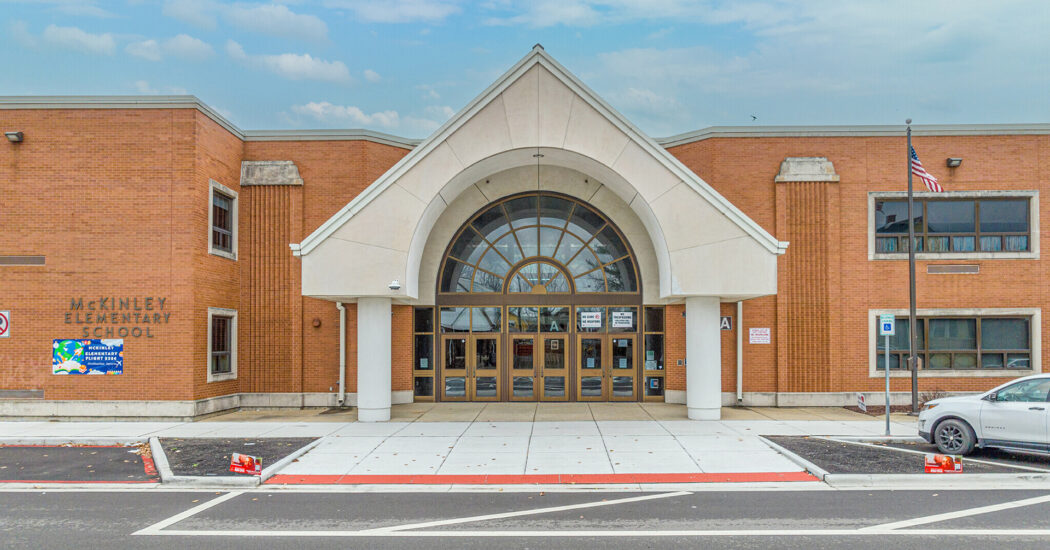The Value of a Facilities Audit
-
Category
Innovation -
Posted By
Sarah Hempstead -
Posted On
Feb 10, 2022
How one small, private college shifted their approach to maintaining campus buildings while saving time, money
“How old are our systems?”
“How much time is left before we have to replace our equipment and facilities?”
“What is the condition of our roofs?”
“Where are we right now?”
“How can we maintain our facilities?”
On most college campuses, these are the questions consistently on the minds of administrators, and at any given time, facility directors must be prepared with answers. But what happens when there are no answers? Such was the case for one small, private university.

Oakland City University
Operating Blindly
“If it broke, we might have fixed it, but that was the extent of it,” recalls Oakland City University Vice President for Administration Clint Woolsey.” We didn’t have a plan and we were operating blindly, which wasn’t good.”
Knowing that the absence of a plan could lead to larger issues, Woolsey, the University’s CFO, and the facilities director realized something had to be done, so they addressed deferred maintenance and developed a strategy.
“It wasn’t the most exciting conversation, but we also realized whether or not we wanted to have it, we had a part to play in an even bigger plan, which was answering how the University would maintain accreditation with buildings in poor shape,” Woolsey explained. “This meant we had to get a better sense of our priorities.”
Performing a Facilities Audit
In 2020 before the COVID-19 pandemic shut down campus life, Woolsey enlisted the help of Schmidt Associates to complete a facilities audit. A team of architects and engineers walked through every campus building and assessed its condition, along with inspecting equipment, and touring the grounds. They considered everything from age and lifespan, system performance, and what would be needed to bring everything up to standards. The results were eye-opening.

Oakland City University housing interior
“There was a small student housing apartment complex on-campus that was older,” Woolsey said. “Before the facilities audit, the University was prepared to put money into renovating them. The audit revealed the University would be better off tearing down the existing structure and rebuilding. Going through the audit was a real education.”
In total, Woolsey estimates the facilities audit has likely saved the University around $200,000 and freed up more campus resources, which is always welcomed.
Owner Perspective
“The audit was worth every penny because it not only told us what to prioritize when, but it also gave us an outside perspective and the tools to forecast and budget more effectively,” he said. “We now have the ability to schedule repairs when it makes the most sense.”
Moving forward, the University’s facilities director will keep the deferred maintenance plan updated as more repairs are made, and others are uncovered. In the future, the University hopes to develop a master plan that will drive campus improvements.
“Because we found Schmidt Associates so accommodating, we will definitely work with them again,” Woolsey said. “They are indeed a trusted business partner, and I would recommend them to anyone looking to do a similar project.”







